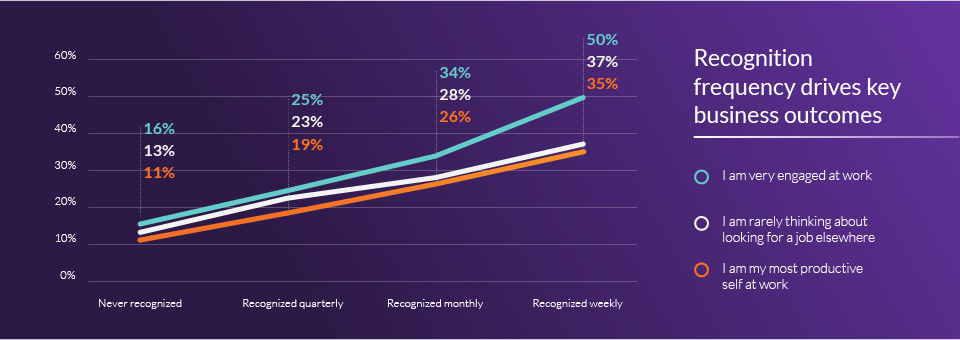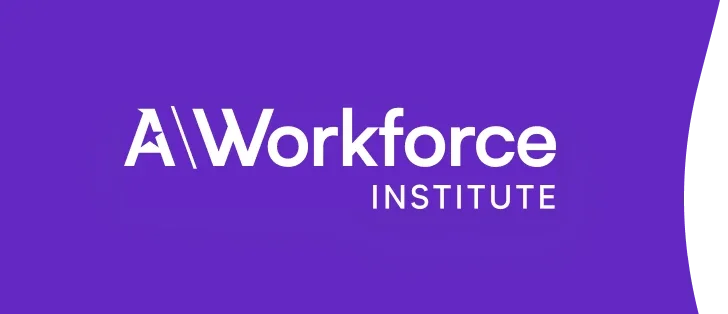2023 State of Recognition Report
The gratitude gap: Understanding the trends and next steps for HR leaders

This resource is brought to you by:
Topics Covered:
Culture and Consistent Recognition
Rewards and recognition
Ever wonder what really keeps your employees engaged and motivated, especially in uncertain times?
It turns out that it’s not just about offering more money — it’s all about recognition. Effective recognition strategies can make a significant difference, especially when HR leaders are balancing cost-saving with keeping employees happy and engaged. Recognition can help your organization stay on track, boost morale, and retain top talent even when the going gets tough.
Curious how recognition can work for you? It might just be the key to navigating the challenges ahead.
Why does employee recognition matter?
In 2023, employee recognition is a must. It boosts engagement, commitment, and productivity and helps employees power through heavy workloads and stay motivated during tough times like layoffs. Companies with a strong recognition platform see lower turnover and better efficiency.
Simply put, it’s not just important — it’s a key driver of business success.

As HR leaders are increasingly asked to prove the ROI of their employee programs, the question may arise: Does recognition have to be high-cost to be effective? The good news is, it doesn’t.
Want to know how? Dive into the key strategies that make recognition work, no matter the budget.
Unlock the power of employee recognition in 2023
Looking to boost recognition in your company? It’s not just about giving rewards — it’s about doing it right. In the State of Recognition Report 2023, you’ll discover:
- How to make recognition meaningful and impactful
- The role of managers in spreading a culture of recognition
- Why spotlighting recognition at all levels drives results
Ready to take your recognition strategy to the next level? Download the State of Recognition Report 2023 and unlock the full potential of recognition, driving real results without the high costs. Don’t miss out on actionable insights that can help your organization thrive — even in challenging times.

Join our mailing list
Stay up to date with the latest in workforce science from Achievers Workforce Institute.